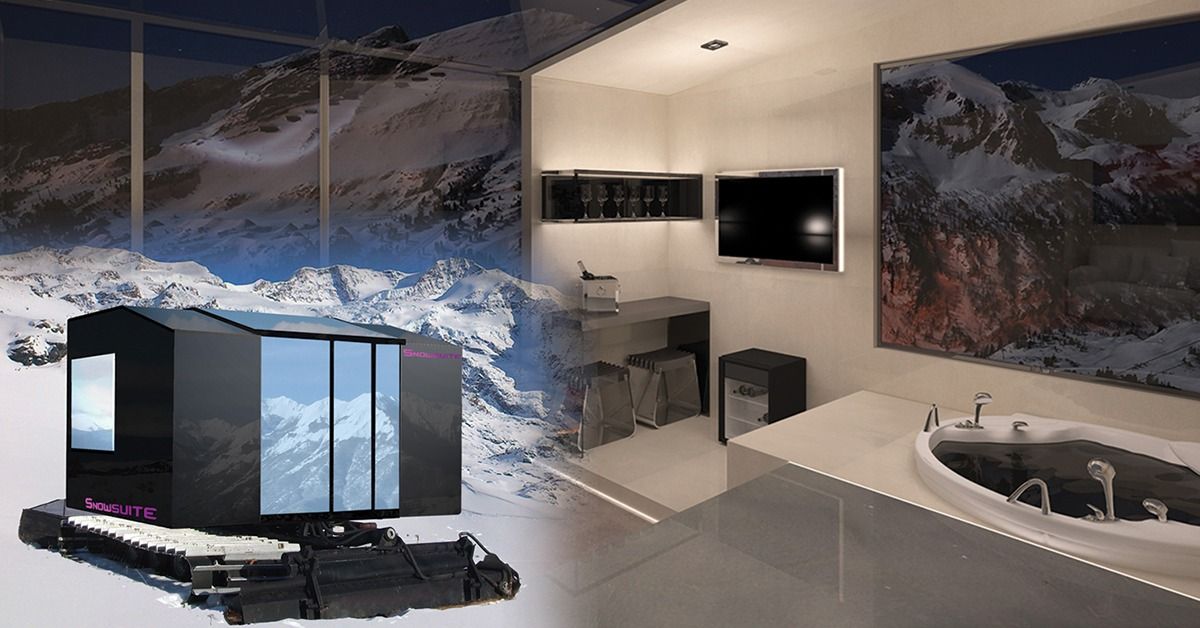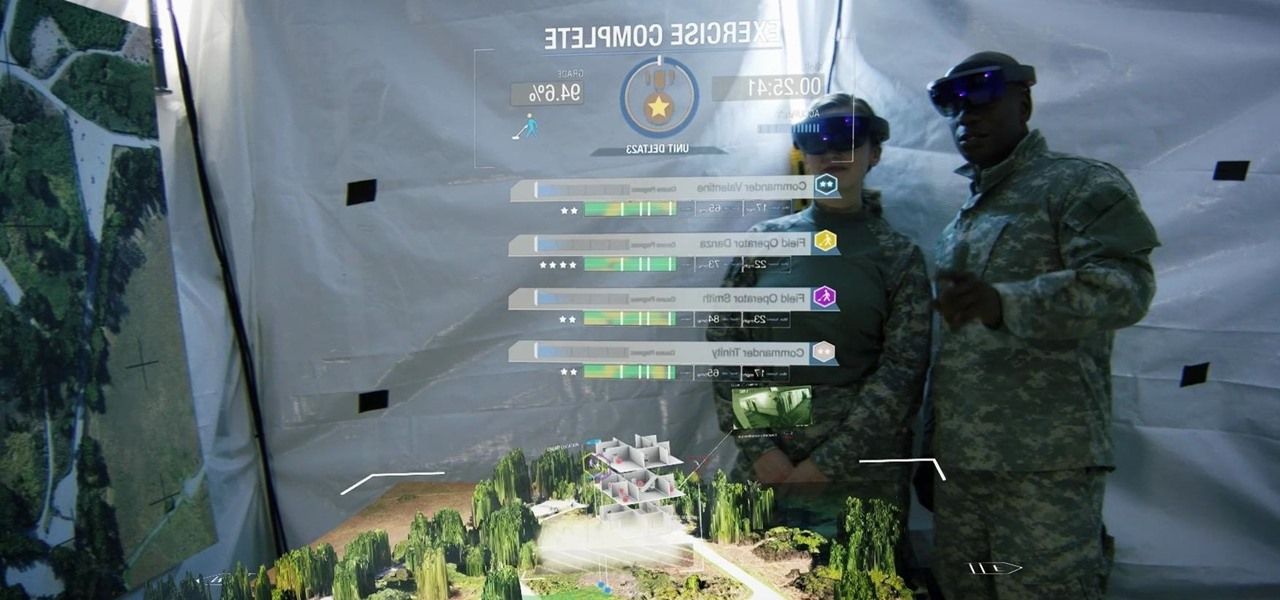The last extreme luxury frontier… Production, sale and hire.




We will need a good dose of healthy stoicism if we are to survive in the world after work. Luxury items will be significantly reduced in the world we’re imagining. Stoics like Marcus Aurelius and Seneca recommended that we adjust our desires to simple, reliable pleasures, like fresh water, decent bread, modest clothing, and good friends. Luxury pleasures are rare and unreliable so we suffer more when they fail to materialize.
But chocolate cake is delicious and diamonds are beautiful. When Plato sketched a Spartan lifestyle in the Republic, his friends accused him of designing a city for pigs not humans — and they demanded that he add spices and luxury to the imagined utopia. While I’m sensitive to this worry, I hasten to point out that many Americans are currently, and by their own initiative, downsizing their sense of the good life. The contemporary “tiny house movement” — which builds elegant housing around 1/10th the size of average homes — is already the kind of stoic adjustment that Americans will need to make when we’re all unemployed.
Drones could drop you off at your apartment in the future.
New research details how to use the radiation and gravity of the stars to decelerate a high-velocity interstellar projectile.
In April last year, billionaire Yuri Milner announced the Breakthrough Starshot Initiative. He plans to invest 100 million US dollars in the development of an ultra-light light sail that can be accelerated to 20 percent of the speed of light to reach the Alpha Centauri star system within 20 years. The problem of how to slow down this projectile once it reaches its target remains a challenge. René Heller of the Max Planck Institute for Solar System Research in Göttingen and his colleague Michael Hippke propose to use the radiation and gravity of the Alpha Centauri stars to decelerate the craft. It could then even be rerouted to the red dwarf star Proxima Centauri and its Earth-like planet Proxima b.
In the recent science fiction film Passengers, a huge spaceship flies at half the speed of light on a 120-year-long journey toward the distant planet Homestead II, where its 5000 passengers are to set up a new home. This dream is impossible to realize at the current state of technology. “With today’s technology, even a small probe would have to travel nearly 100,000 years to reach its destination,” René Heller says.

The future of nuclear power might look very different than we thought, with a US-based company presenting plans for miniature, modular nuclear power plants that are so small, they can fit on the back of a truck.
NuScale Power, the company behind the power plants, says each modular device is completely self-contained, and capable of producing 50-megawatts of electricity — enough to power thousands of homes.
The power plants stand 29.7 metres tall, so aren’t really that ‘miniature’, except relative to an acutal nuclear power plant. They also haven’t been tested as yet, so we need to reserve our excitment for when we can actually see these things in action.

The limitless applications of 3D data visualization will enable a more efficient approach to many of life’s problems. Each day, developers exploring this technology are finding new ways to solve these problems in mixed reality; 3D modeling, easier house management, spinal surgery, and forest fire management are just a few recent examples of ways 3D data visualization can benefit us all.
The military, on the other hand, has quite a different set of problems to manage.
From a logistics standpoint, there are a lot of moving parts in the military to consider such as personnel, deployment, training, resources, and supply lines, to name just a few things that have to be managed constantly. Here we are talking big-picture ideas that could utilize 3D data visualization from a top-down view. If we scale down to real-time operations for individual missions, there’s recon, intel, tracking, and response, and this list could keep going.


This 100% recyclable house is almost entirely made of cardboard. And no, it won’t melt when it rains.